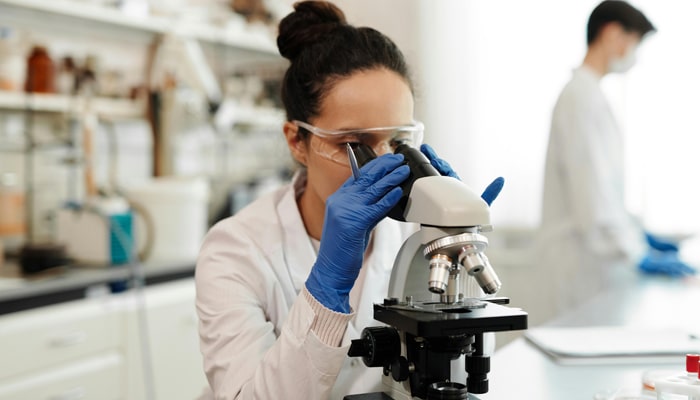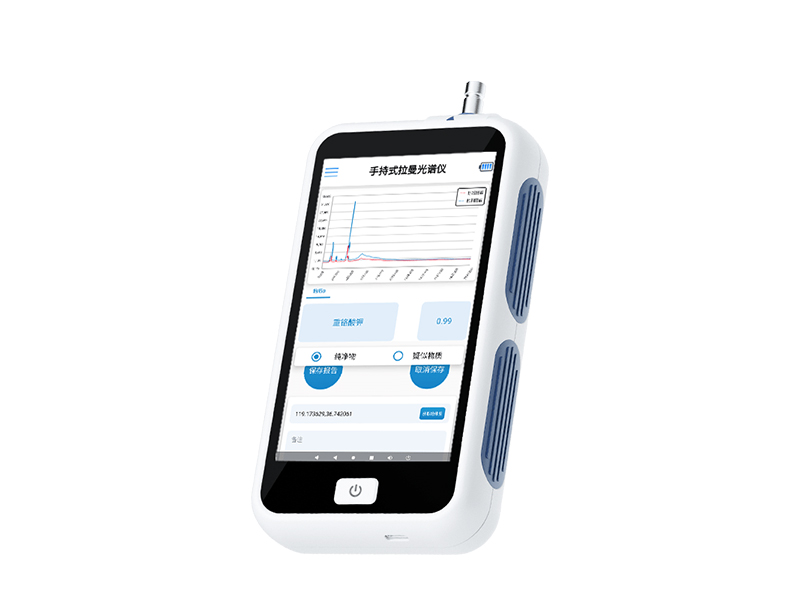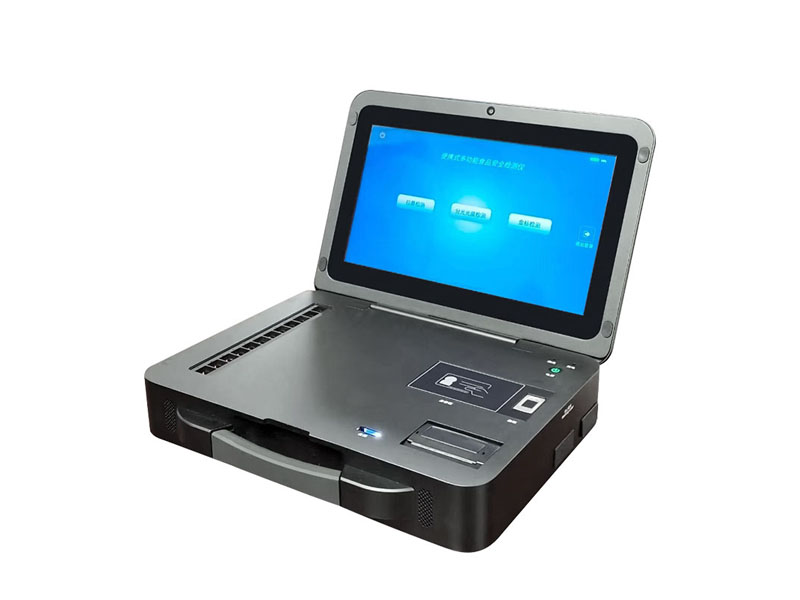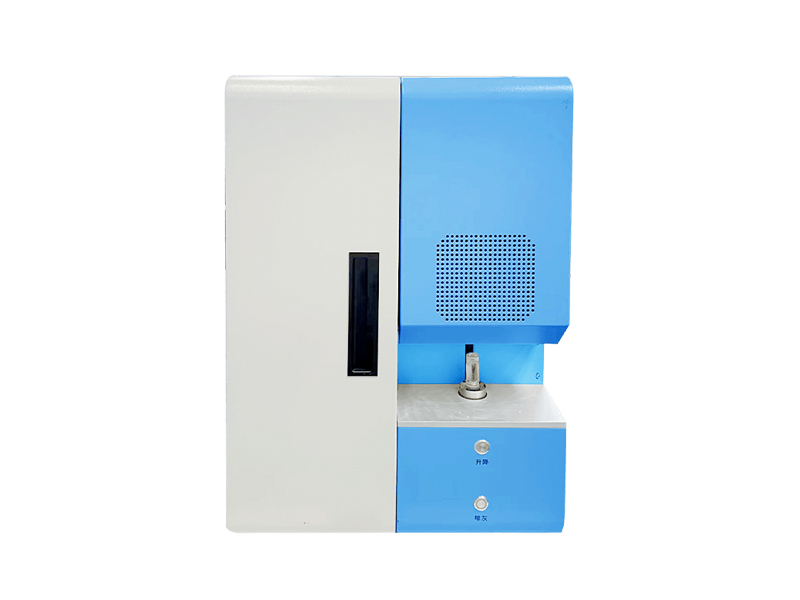As an important carrier of historical culture, the restoration and appraisal of ancient coins have both academic significance and market value. Traditional methods often rely on empirical judgment, which has problems such as strong subjectivity and high risk of damage. This article systematically elaborates on a comprehensive solution that combines modern technology equipment (with a focus on using the Hengmei HM-G75Y ancient coin detector), aiming to enhance the scientific, accurate, and safe protection and research of ancient coins.

The core challenges and technological responses in the restoration of ancient coins
Material and corrosion complexity:
Copper, iron, gold, silver, and alloys have different compositions and diverse corrosion products (such as basic copper chloride, cuprous oxide, etc.), which require precise identification to develop targeted plans.
Structural fragility:
Long term burial or improper storage can lead to brittle and layered peeling of the tire body, and the repair process should avoid secondary damage.
Preservation of historical information:
Restoration must preserve historical information such as original patina and casting marks to the greatest extent possible.
Solution: Deep "physical examination" of HM-G75Y before repair
Non destructive component analysis (XRF):
Accurate identification of substrate material: Quickly determine the proportion of major and trace elements such as copper, tin, lead, zinc, etc., to determine whether it is bronze, brass, red copper or silver coin, etc., providing a basis for selecting cleaning agents and supplementing material compatibility.
Qualitative and quantitative analysis of rust products: Identify harmful rust (such as chlorine containing corrosive substances) and harmless rust (stable oxides, carbonates), and accurately guide the scope and degree of rust removal. The discovery of high lead areas indicates structural fragility and requires careful handling.
Data example: A Qing Dynasty copper coin test showed that the surface green rust was mainly composed of basic copper carbonate (harmless), but chlorine was detected in some spot areas, indicating the need for precise dechlorination treatment to avoid overall immersion and damage to harmless rust.
High magnification microscopic observation:
Microstructure evaluation: Clearly observe the depth of cracks in the coin body, the layered structure of rust, and the degree of looseness in the tire body, evaluate mechanical strength, and develop physical reinforcement plans (such as penetration reinforcement and crack bonding).
Cleaning effect monitoring: Real time monitoring of micro level rust removal during the cleaning process to prevent excessive cleaning from damaging the substrate.
Comparison of repair traces: Compare the microscopic images before and after repair to ensure the coordination between the repaired area and the original object in terms of microscopic morphology.
The key dimensions and technological empowerment of ancient coin identification
Authenticity determination:
To tackle the challenge of high imitation products, it is necessary to go beyond the observation limits of the naked eye and magnifying glass.
Age and casting location determination:
Dependent on material characteristics, casting process details, etc.
Appearance evaluation:
The impact on market value requires objective quantification of the degree of damage.
Solution: HM-G75Y builds a multidimensional identification "evidence chain"
Component fingerprint comparison (XRF):
Alloy feature database matching: Coins from different dynasties and currency bureaus often have specific alloy ratio rules (such as the significant increase in zinc content in Jiajing Tongbao during the Ming Dynasty). Comparing HM-G75Y data with the database provides strong evidence for dating and authentication.
Revealing the flaws of modern imitations: By detecting high-purity copper, zinc, or modern added elements (such as nickel and chromium) that were impossible to exist in the original era, or if the element ratio deviates significantly from historical patterns, it can be determined as a counterfeit.
Analysis of patina/rust layer: The distribution of patina/rust layer elements naturally formed in genuine products usually follows specific patterns (such as enrichment of lead and tin in the inner layer), while the distribution of patina/rust layer elements in forged products is often abnormally uniform or disordered.
Microscopic feature capture:
Casting process identification: high-definition observation of the edges of the Qian Wen strokes (genuine products often have flowing copper and draft angles), the status of the ground seal (genuine products have natural pores and sand holes), the polishing marks on the perforation (genuine products have specific directionality), edge treatment, etc. High imitation products often show their footprints at the microscopic level (such as laser engraving marks, modern grinding wheel marks, and details covered by non natural rust).
Wear and corrosion marks: genuine products naturally and continuously wear and tear during circulation; The rust formed by burial penetrates deep into the tire body and has distinct layers. Fake wear and tear, fake rust floating on the surface or loose structure.
Identification of repair marks: Under a high-power microscope, material differences, seams, and tool marks in modern repairs (such as patching and adding knives) are nowhere to be seen.
Quantitative evaluation of appearance:
Combined with microscopic imaging, more accurate measurement and recording of scratches, bumps, perforations, rust coverage area, etc. are carried out to provide objective image basis for grading.
The core advantages of Hengmei HM-G75Y ancient coin detector
Non destructive testing: no contact, no sampling, ensuring the safety of precious coins.
Fast and accurate: XRF produces results in seconds, with an element detection limit of up to 0.1%; Microscope with high resolution and large depth of field provides clear imaging.
Two in one integration: XRF and microscope integrated design, real-time correlation and comparison of detection results (such as immediate observation under the microscope if abnormal points are found), greatly improving work efficiency and analysis depth.
Portable and easy to use: suitable for museum laboratories, restoration studios, auction houses, and high-end collectors to use on-site.
Data management: Supports storage and export of image and spectral data, facilitating the establishment of coin archives, tracking and monitoring, and academic research.
Integrated workflow suggestion (integrating HM-G75Y)
Preliminary inspection and recording: macro photography, measurement, description. Preliminary microscopic observation of the overall condition of HM-G75Y.
Deep technology inspection:
Use HM-G75Y XRF to scan the composition of multiple regions (Qian Wen, Di Zhang, Bian Dao, Rust Layer) and establish an element distribution map.
Use high magnification microscopy to observe key feature points (Qian Wen details, perforation, edge teeth, corroded junctions, suspicious repair points).
Data interpretation and decision-making:
Identification: Based on the comprehensive composition characteristics, microscopic features, shape, writing style, etc., referring to databases and literature, draw conclusions on authenticity, age, and casting location, and evaluate the appearance of the product.
Repair: Based on composition and microstructure analysis, develop a scientific cleaning, rust removal, desalination, reinforcement, and replenishment plan. During/after repair, the effect can be monitored using a microscope.
Archiving and reporting: Integrate HM-G75Y detection data (spectra, micrographs), repair records, identification conclusions, and form a complete digital archive.
Application Case Description
Case 1 (Appraisal): A suspected Ming Dynasty "Yongle Tongbao". HM-G75Y detection shows high zinc content (>20%), which clearly does not conform to the low zinc characteristics of early Ming Dynasty bronze coins (usually<5%). Combined with modern mechanical carving traces and chemical aging rust layers found under the microscope, it is confirmed to be a modern replica.
Case 2 (Repair): A Han Dynasty Wuzhu with severe powdery rust. XRF confirms that the rust layer contains a large amount of chlorine element, and the microscope shows that the rust penetrates deep into the tire body and the tire body is loose. Based on this, a local microenvironment regulation dechlorination+low concentration B72 infiltration reinforcement scheme was adopted, and the reinforcement effect was monitored under a microscope throughout the process. The coins were successfully stabilized and most of the original green rust was retained.
The restoration and identification of ancient coins require extremely high professional skills. The Hengmei HM-G75Y ancient coin detector provides strong technological support for the industry with its perfect combination of non-destructive, fast, and accurate XRF element analysis capabilities and high-definition microscopic observation capabilities. It makes:
The repair work has shifted from experience driven to data-driven, significantly improving safety and effectiveness;
The appraisal work has shifted from subjective judgment to the construction of an objective evidence chain, greatly improving the accuracy of authenticity identification and the scientificity of age/casting location judgment;
Information management achieves digitization, visualization, and traceability.
The deep integration of HM-G75Y into the protection and research process of ancient coins represents the forefront direction of technological development in this field, and has important practical value for improving the level of cultural relic protection, regulating market order, and deepening historical currency research. The combination of technology and humanities can better protect these metal memories that have traveled through time.
Article address:https://www.spectrometer.top/solu/33.html


 Current
location:
Current
location:









